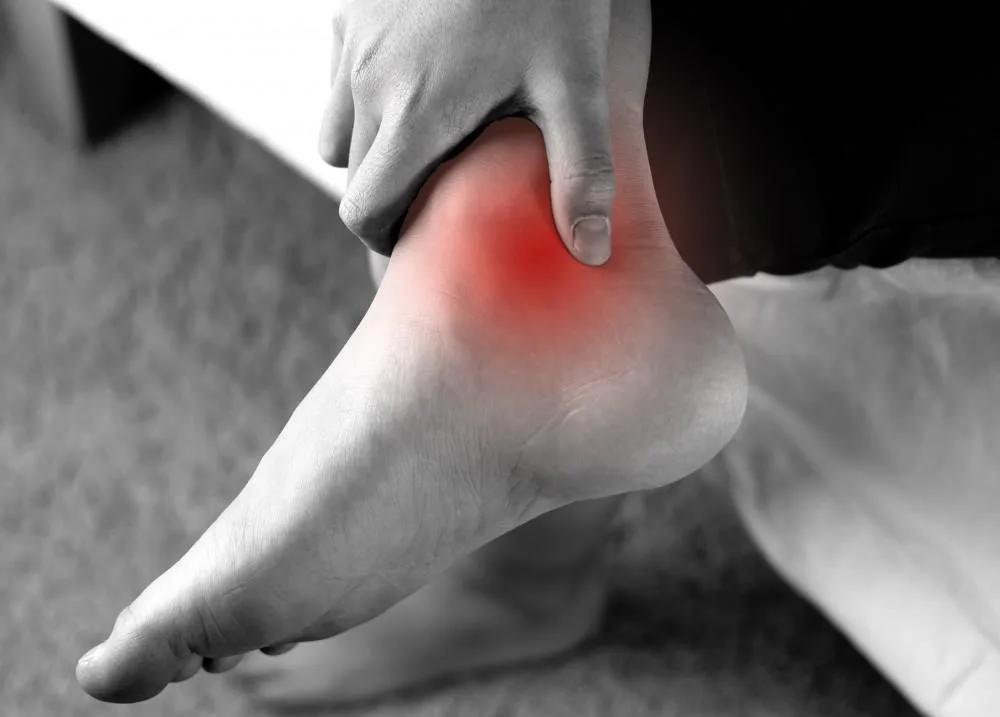Lazer Magnet Therapy
Laser Magnetic Therapy Apparatus Repairs Heel Pain and Tendon Strains

The laser magnetic therapy apparatus repairs heel pain and tendon strains primarily through the synergistic physical effects of laser and magnetic field, which intervene in multiple dimensions targeting inflammation and damaged tissues in the heel and tendon areas. The specific mechanisms are as follows:
I. Repair effects on heel pain
- Alleviating local inflammation and relieving pain
Heel pain is often associated with aseptic inflammation caused by plantar fasciitis, calcaneal spurs irritating surrounding soft tissues, etc. Laser can penetrate the plantar skin and fascial tissues, inhibit the release of inflammatory factors (such as IL-1 and TNF-α), reduce inflammatory cell infiltration, and alleviate congestion and edema at the fascial and Achilles tendon insertion points, thereby relieving pain caused by inflammation at the source. At the same time, laser can reduce the excitability of plantar nerve endings, block pain signal transmission, and promote endorphin secretion to quickly reduce pain. - Improving blood circulation and metabolism
Laser energy can dilate capillaries in the heel area, increase plantar blood circulation and oxygen supply, accelerate the excretion of local metabolic wastes (such as lactic acid and inflammatory exudates), and relieve pain caused by ischemia and hypoxia in plantar tissues due to long-term standing and walking. The magnetic field further enhances blood perfusion by regulating local hemodynamics, improving the nutritional status of soft tissues around the calcaneus. - Repairing damaged fascia and soft tissues
The photobiomodulatory effect of low-intensity laser can activate the activity of plantar fascial cells and collagen fibers, promote collagen synthesis and remodeling, enhance the elasticity and toughness of the fascia, repair micro-damages caused by repeated traction, and reduce the recurrence of pain caused by fascial degeneration.
II. Repair effects on tendon strains
- Accelerating tendon tissue regeneration
After a tendon strain (such as an Achilles tendon strain), laser can penetrate deeply into the damaged tendon fibers, activate the proliferation of fibroblasts and tendon cells, promote the synthesis and orderly arrangement of collagen (especially type I collagen), accelerate the repair and regeneration of tendon fibers, enhance the tensile strength of the tendon, and reduce the risk of tendon relaxation or adhesion after repair. - Reducing tendon inflammation and edema
Tendon strains are often accompanied by local bleeding, edema, and inflammatory reactions. Laser can promote the dilation of local blood vessels, accelerate the absorption of edema fluid and congestion; at the same time, it inhibits the release of inflammatory mediators, reduces the inflammatory response in tissues around the tendon, relieves the compression of nerves by swelling, and alleviates pain. The magnetic field helps promote lymphatic return by regulating tissue osmotic pressure, further reducing edema. - Alleviating tendon adhesion and spasm
During the recovery period of tendon strains, local tissue adhesion and protective spasm of surrounding muscles are prone to occur, which aggravate pain and limited movement. The magnetic field can relax the muscles in the heel and posterior calf (such as the gastrocnemius), relieving the traction of muscle tension on the tendon; laser can reduce excessive proliferation of scar tissue during the repair process, reduce the probability of adhesion between the tendon and surrounding tissues, and improve the mobility of the tendon.
III. Synergistic effect of laser and magnetic field
Laser focuses on deep anti-inflammation, directly promoting cell repair and analgesia, while the magnetic field plays an auxiliary role in improving local circulation, relieving muscle spasm, and regulating tissue metabolism. Their synergistic effect on the heel and tendon areas can not only quickly relieve pain and reduce inflammation but also accelerate the structural repair of damaged tissues. It is especially suitable for the rehabilitation treatment of chronic heel pain (such as plantar fasciitis) and mild Achilles tendon strains, helping to restore the normal function of the heel and tendons.
It should be noted that for severe injuries such as severe Achilles tendon tears and calcaneal fractures, medical intervention (such as immobilization and surgery) should be performed first, and laser magnetic therapy can be used as an auxiliary in the later stage to promote recovery. During use, the irradiation site and time should be controlled under professional guidance to avoid direct irradiation of open wounds or bone defect areas.
